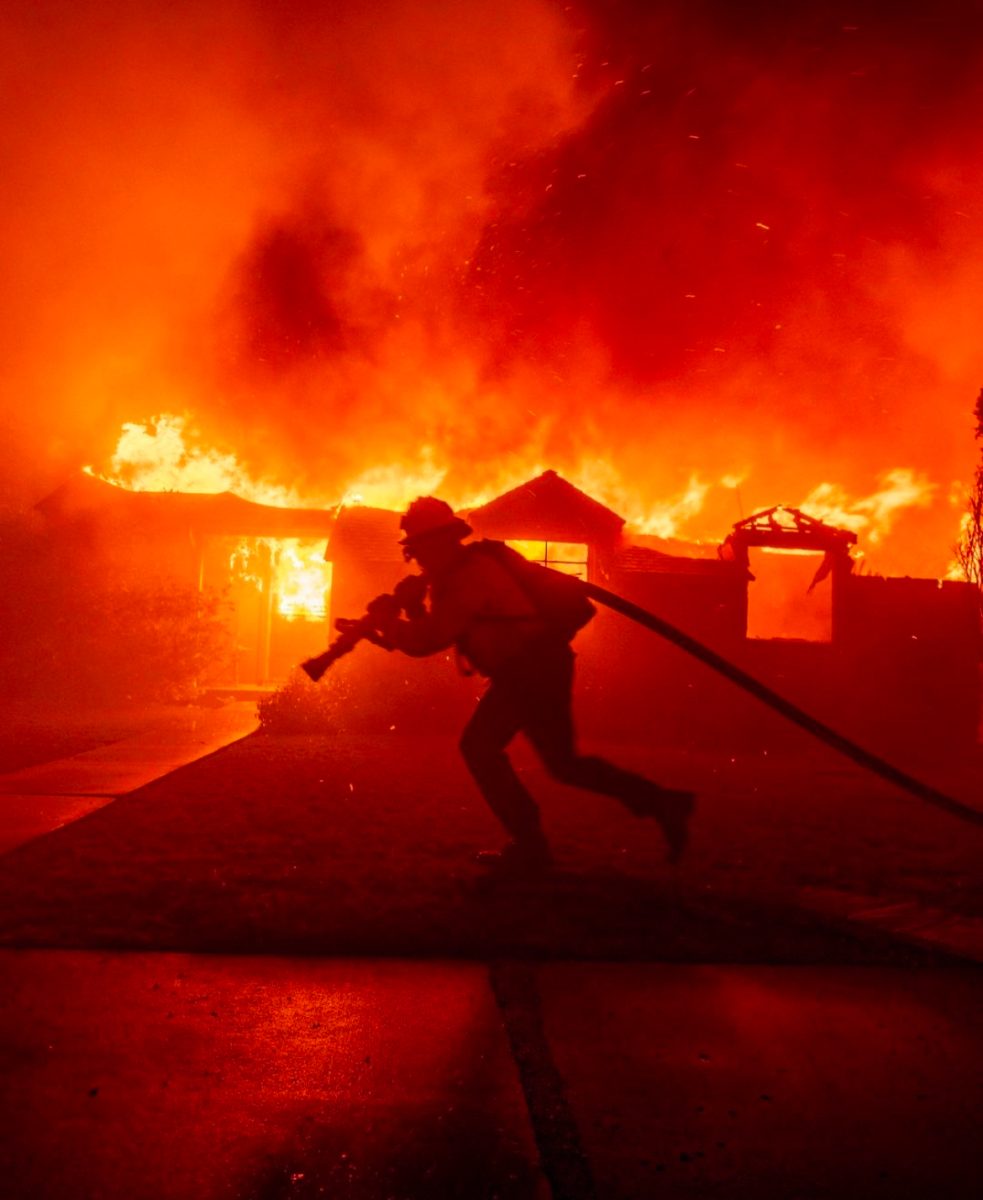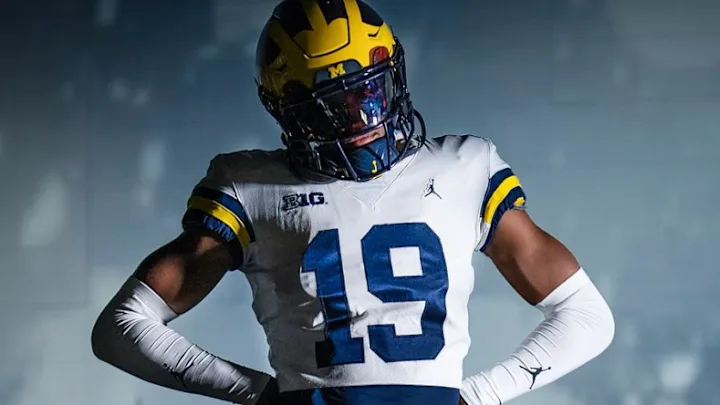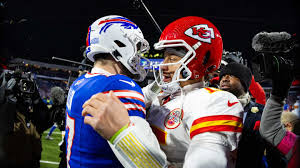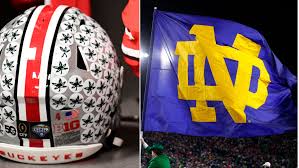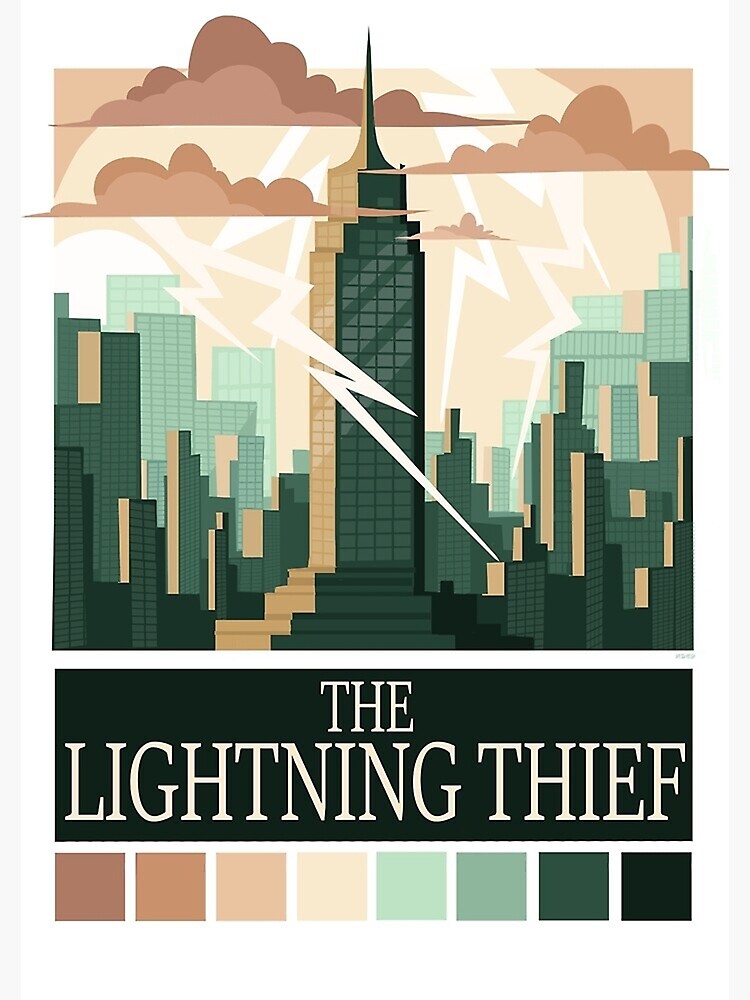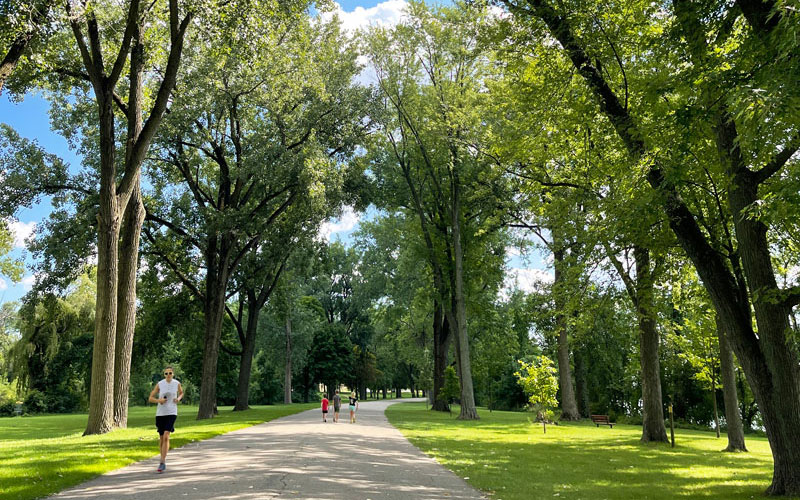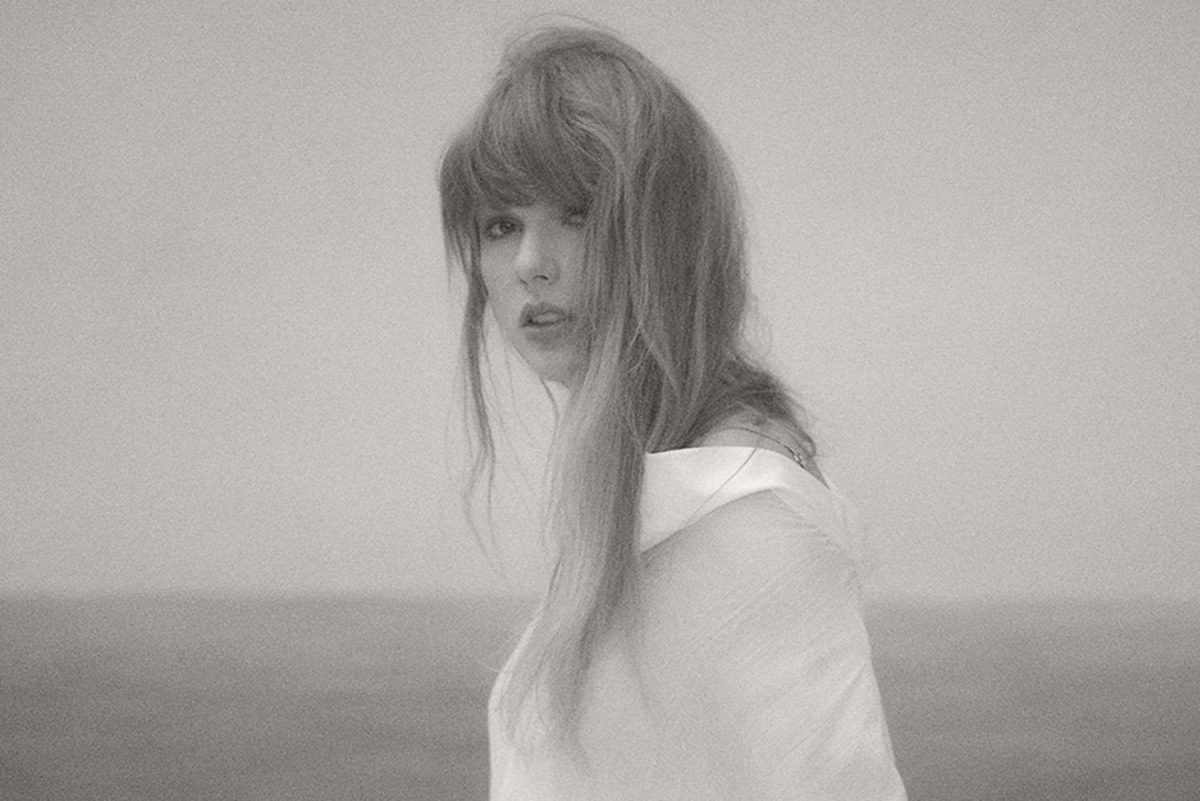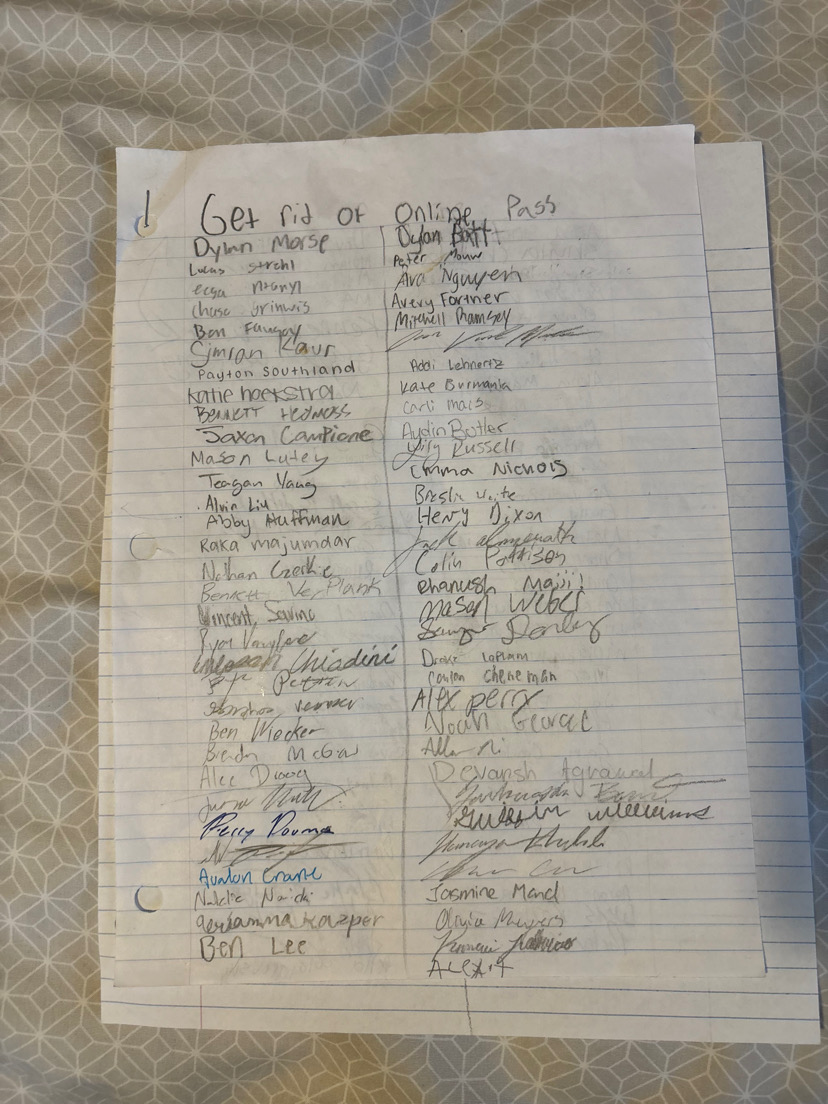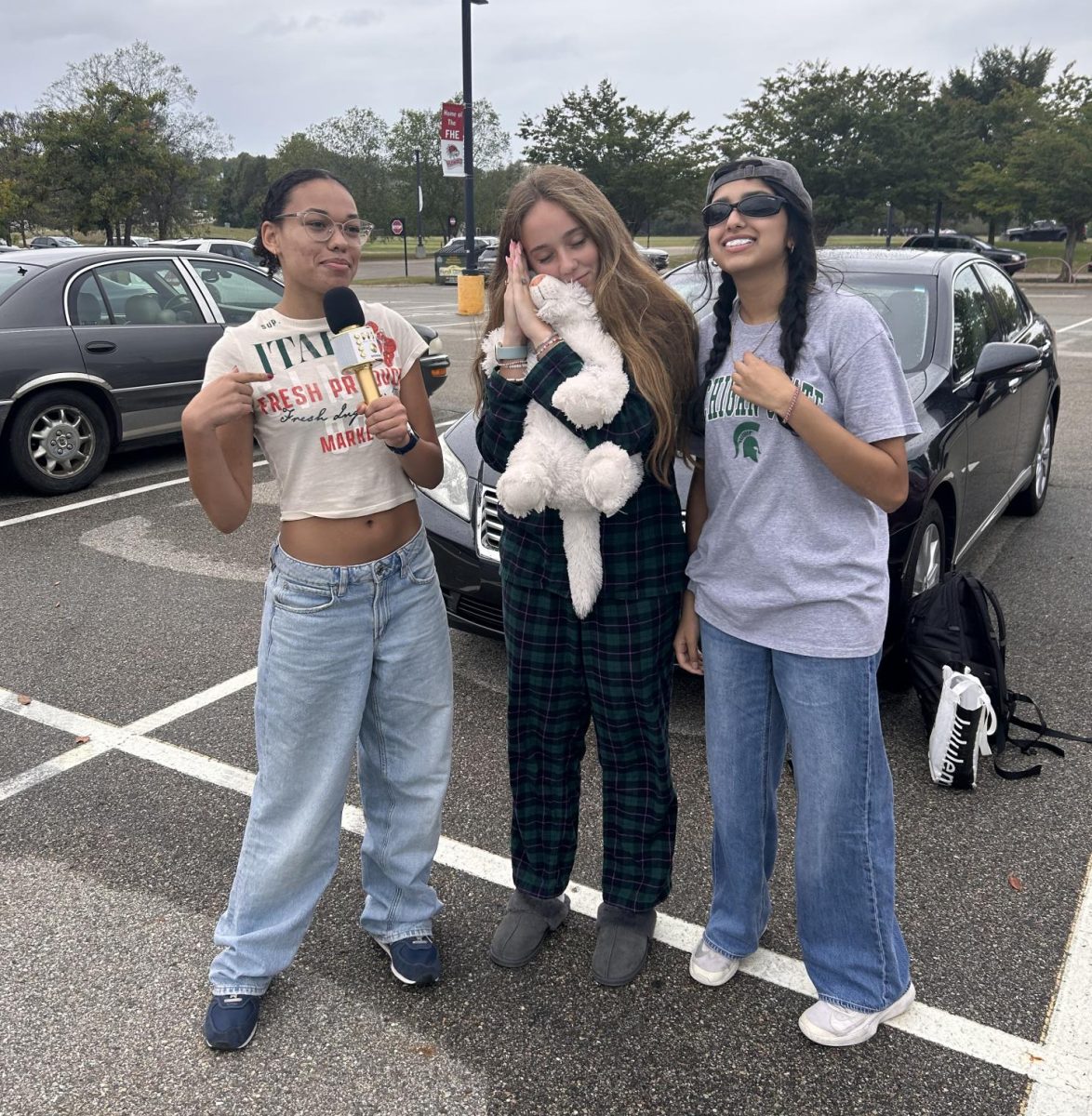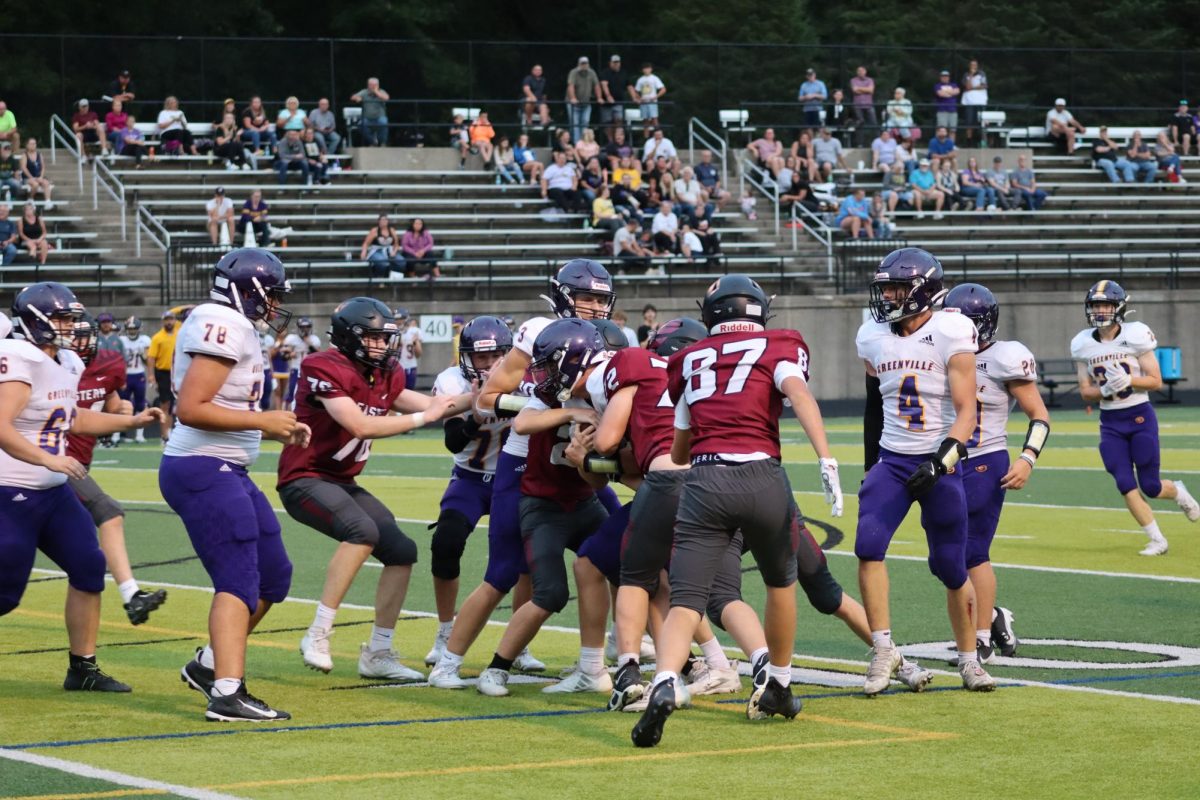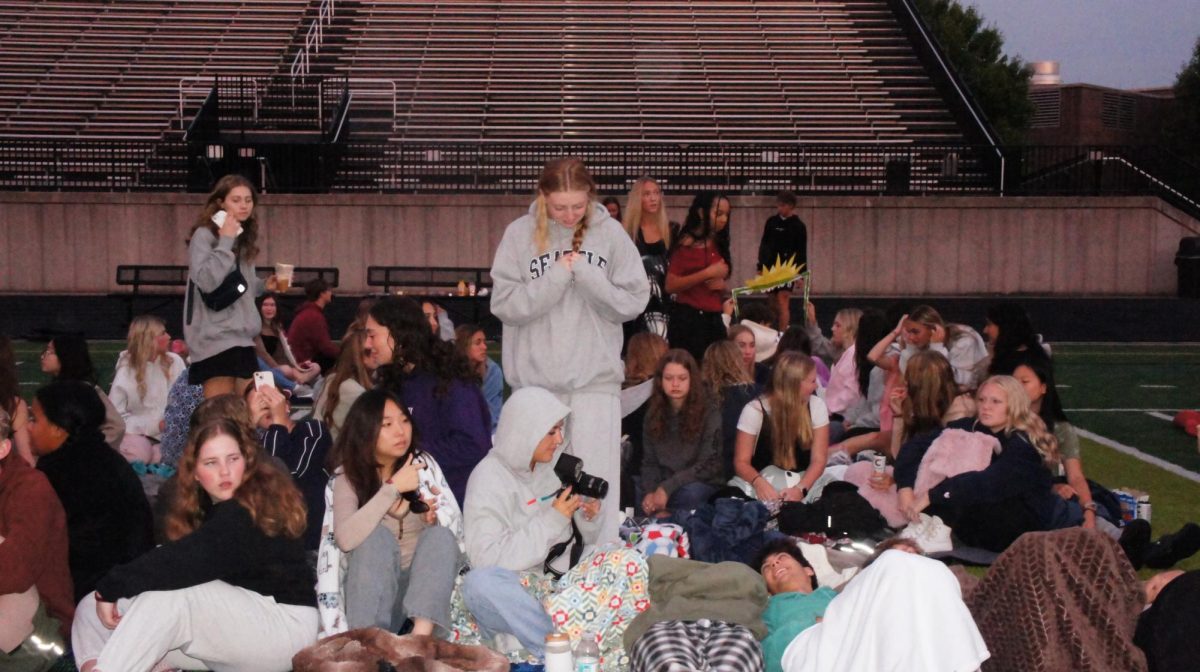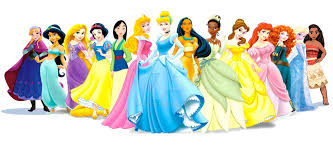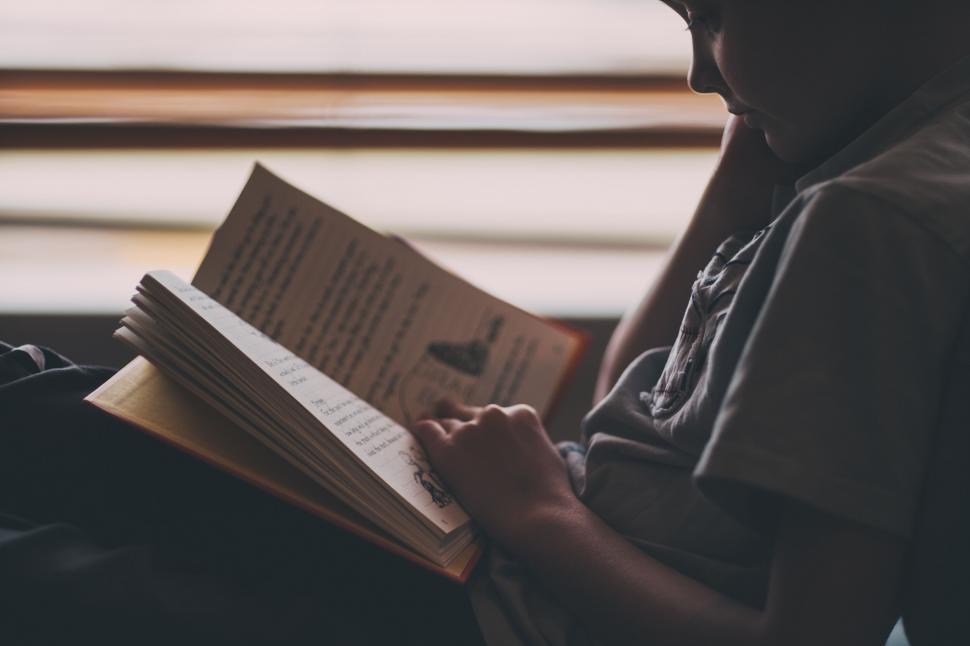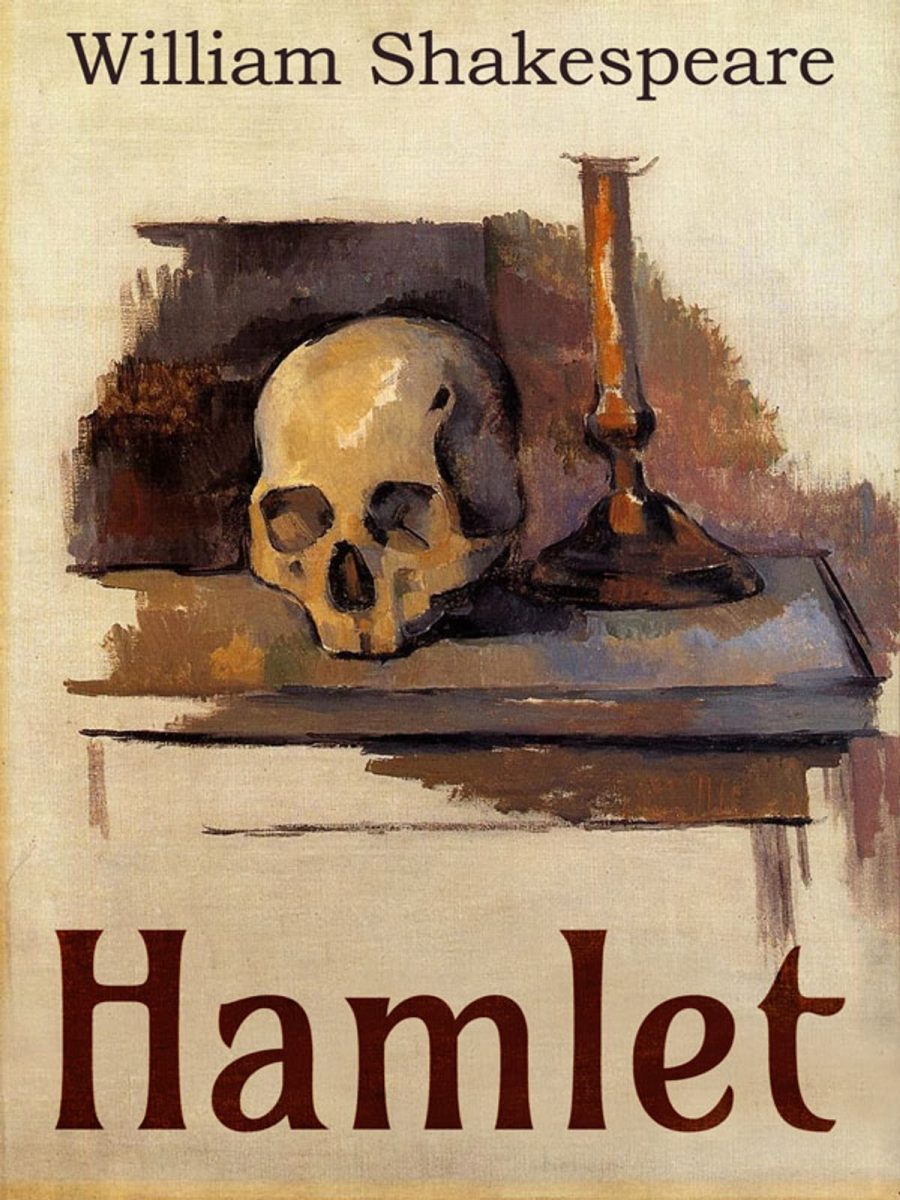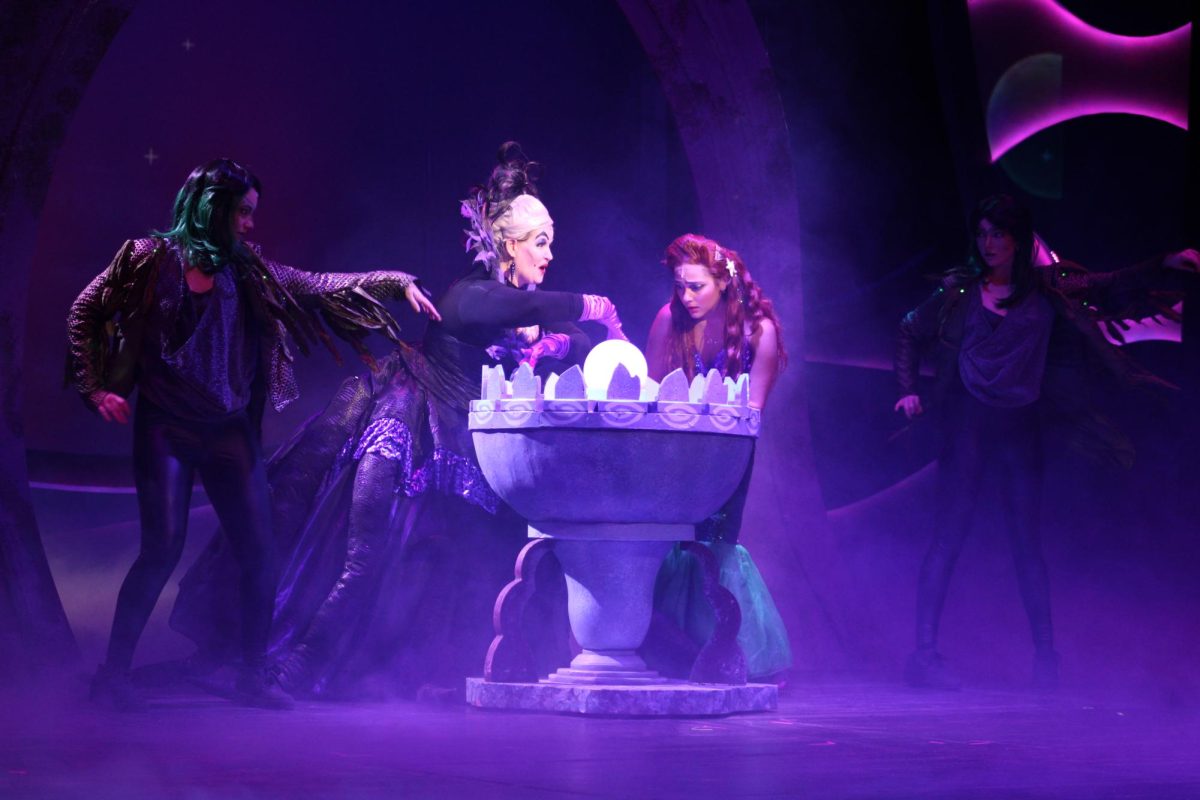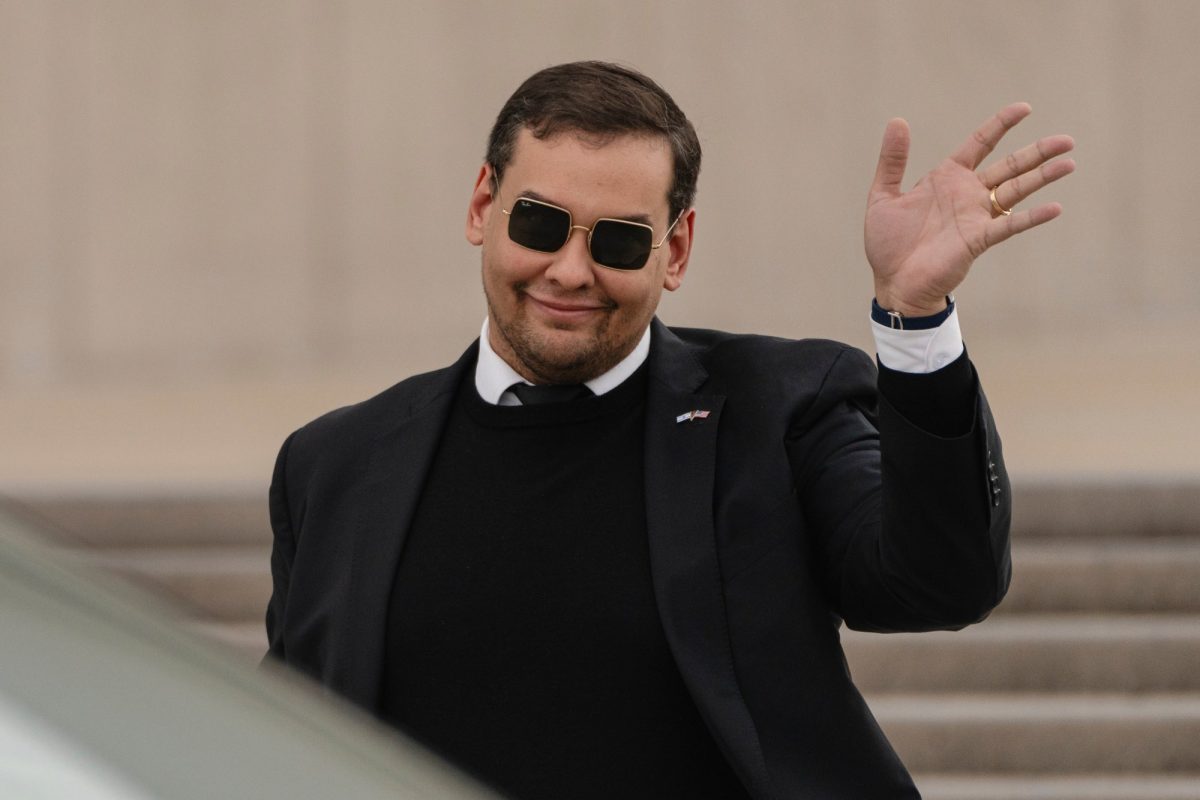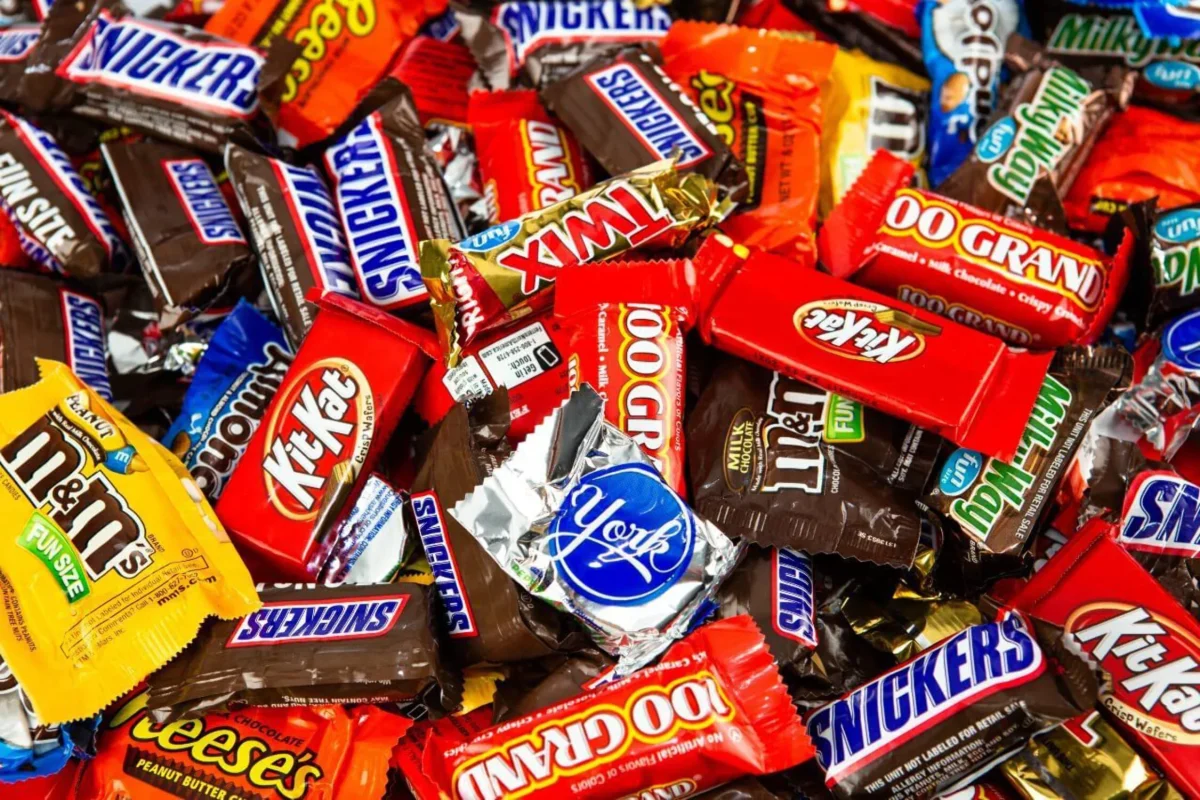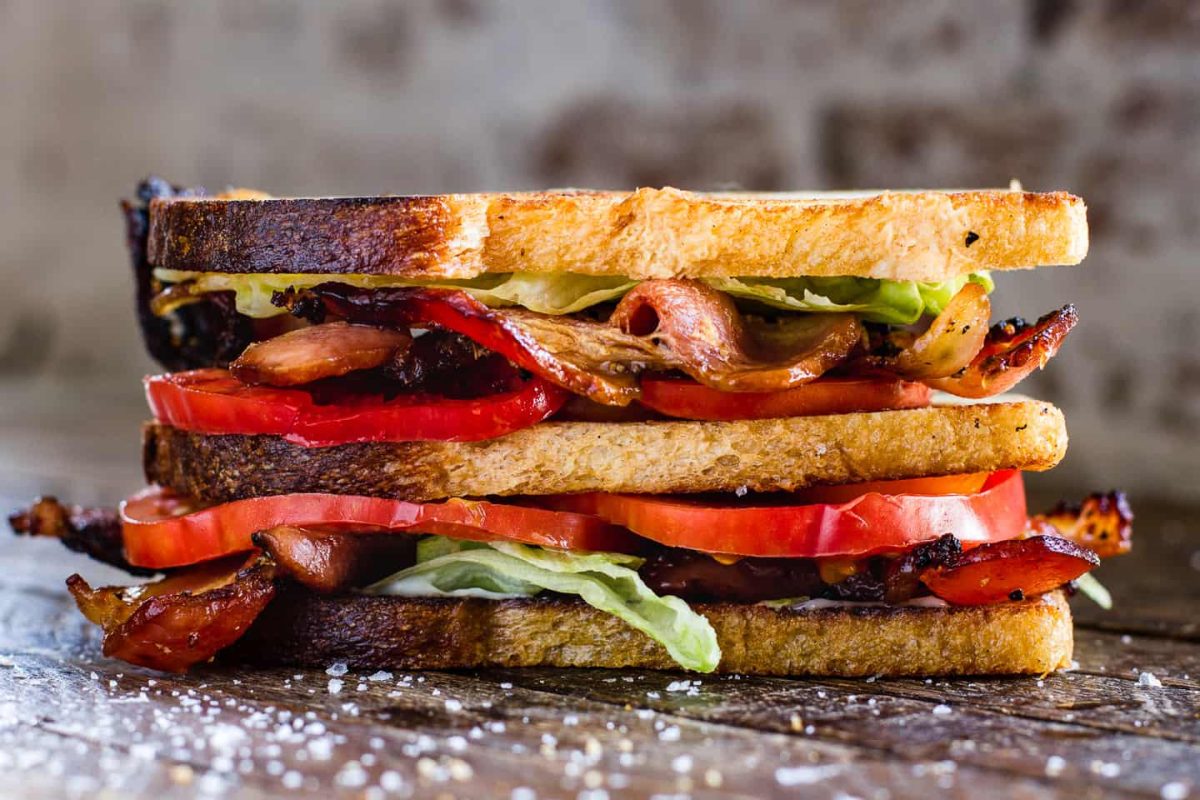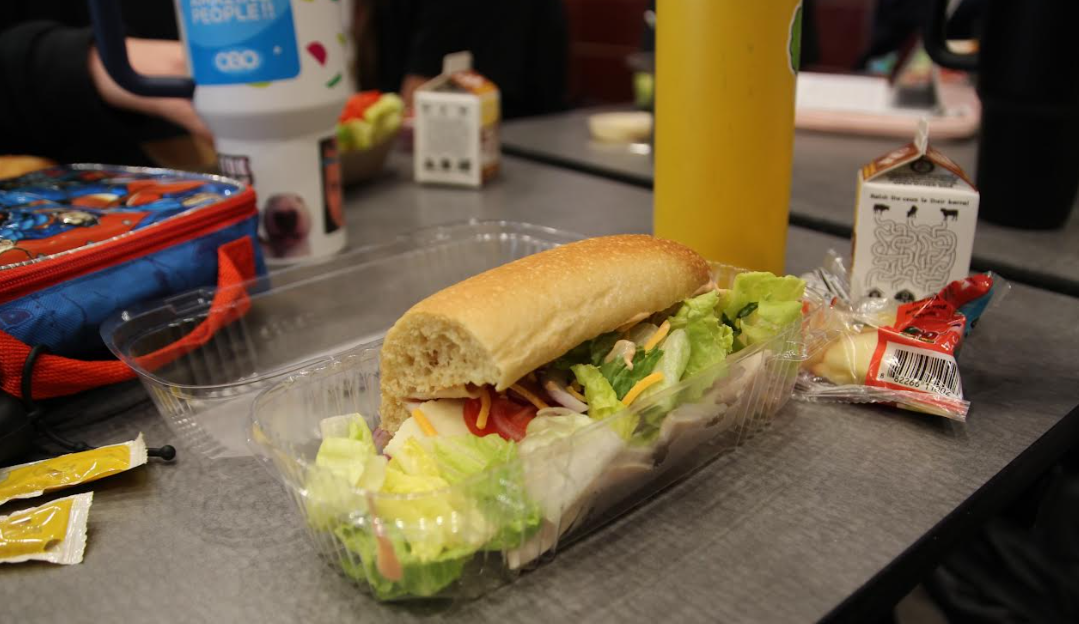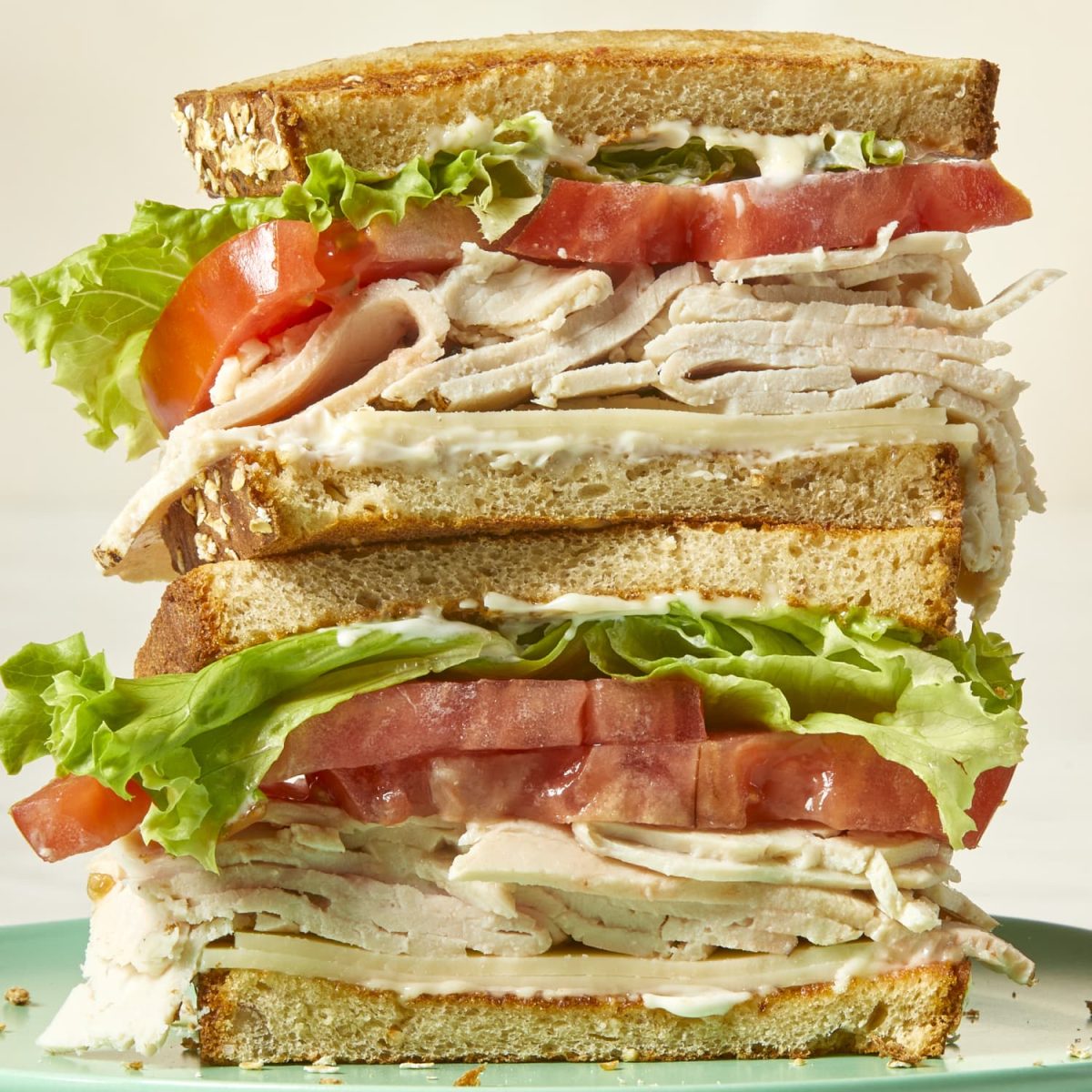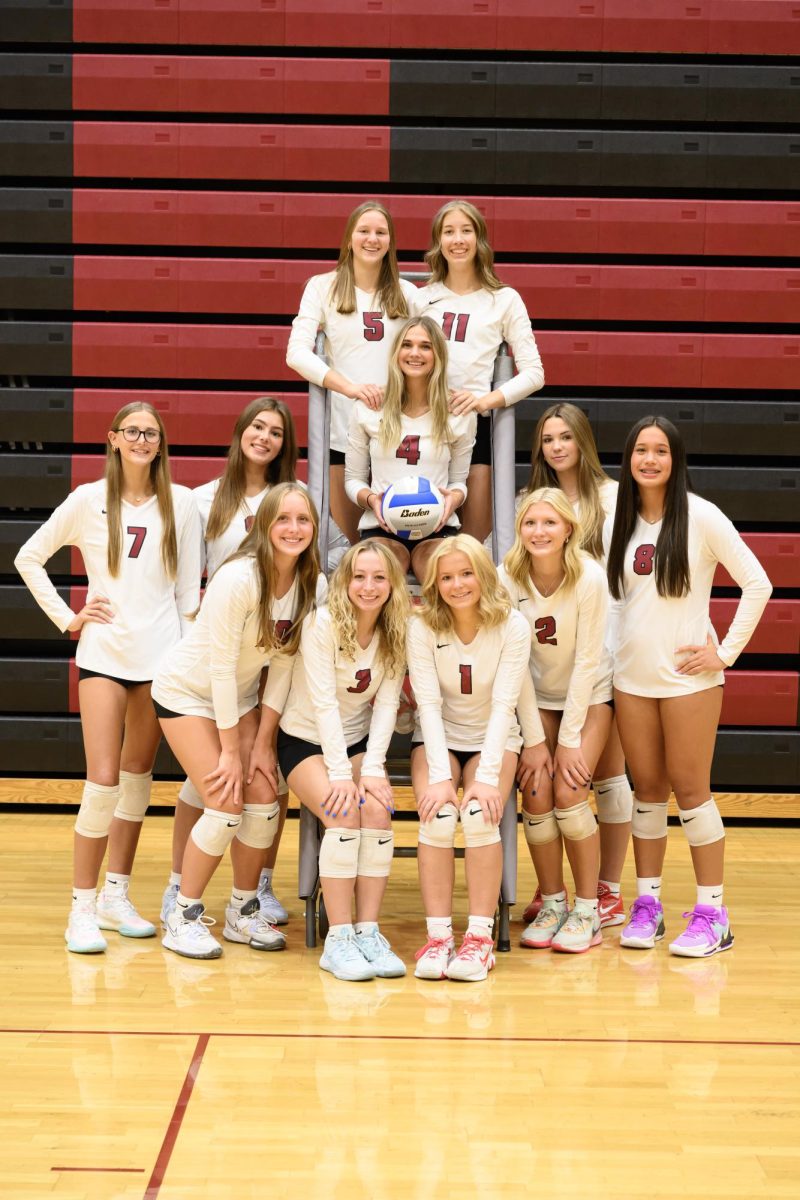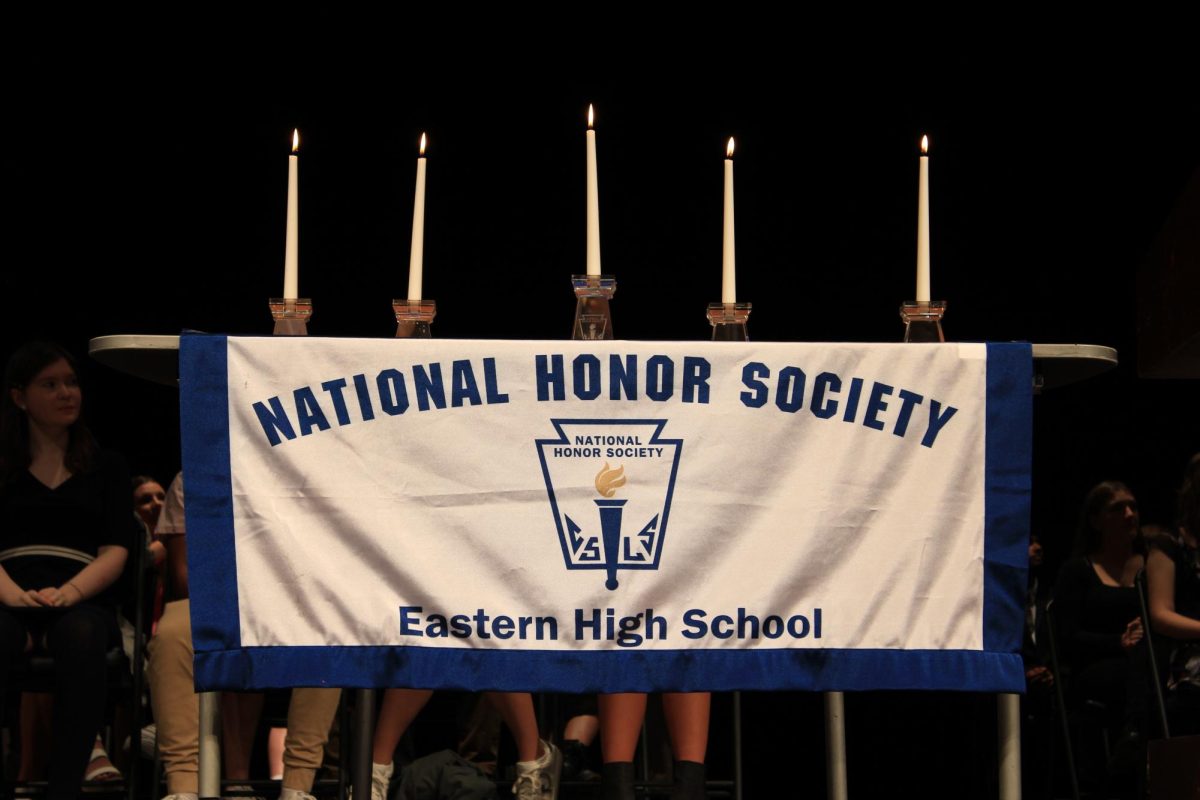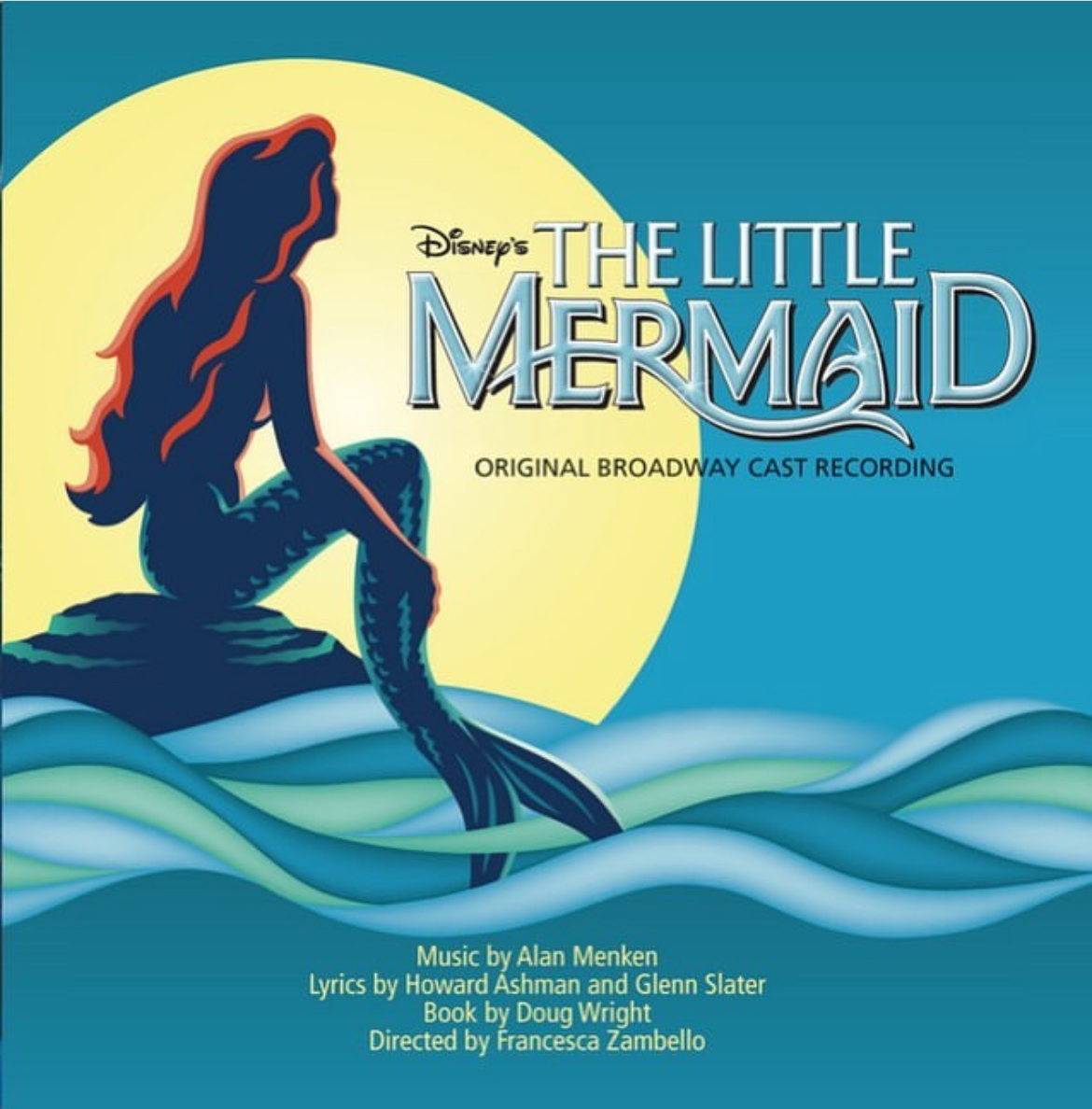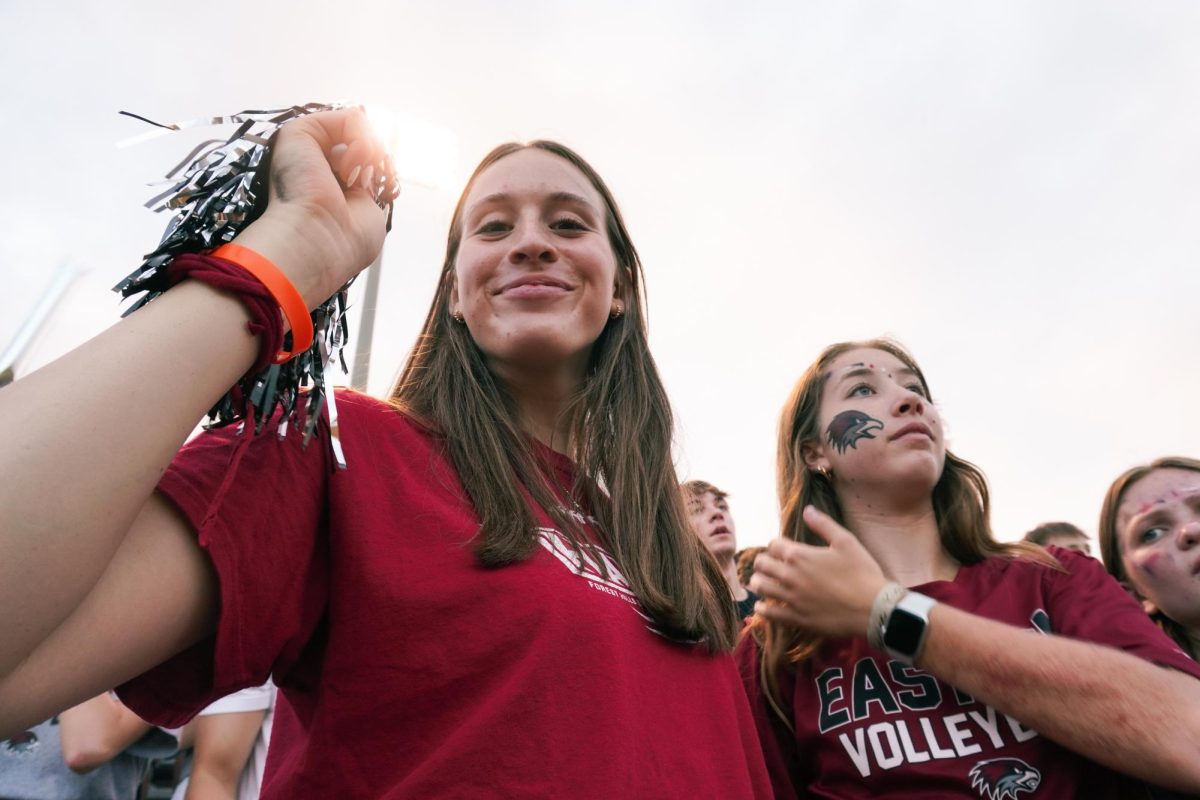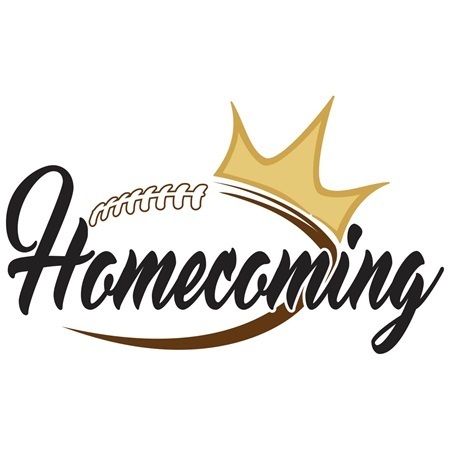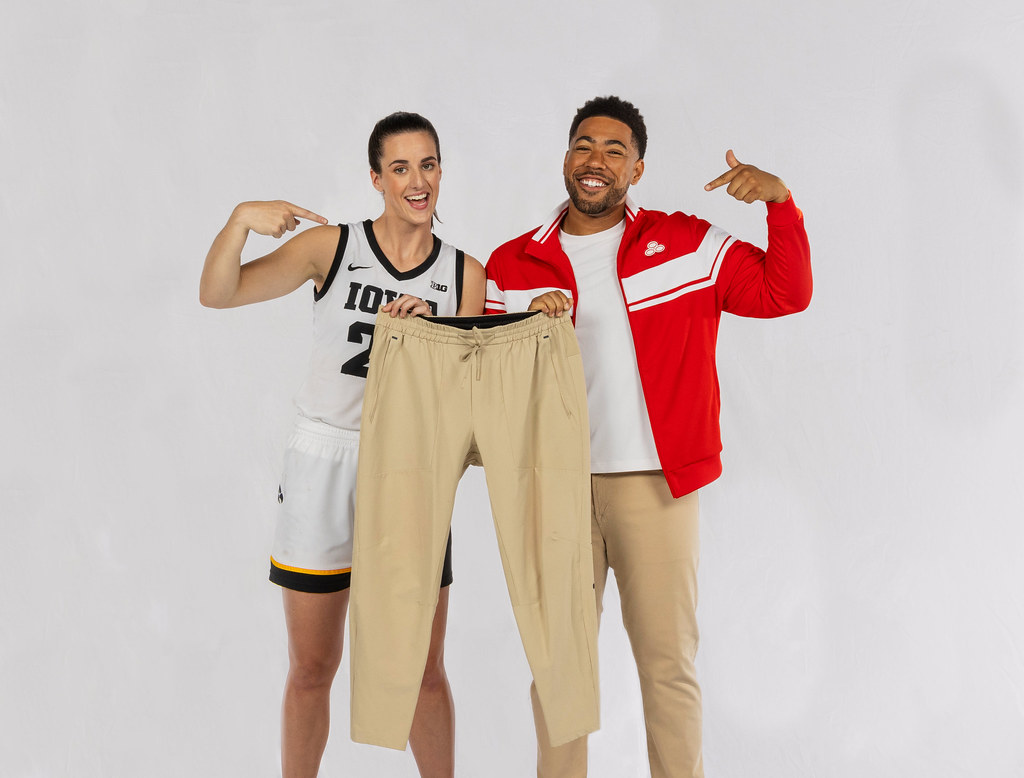As smiling faces exclaim about the night that has unfolded, freshmen start “griddying” in the middle of the dance floor. Homecoming wouldn’t be complete without some of the freshest dancing in the game. It sounds ridiculous, but that is what the dancing scene has gone to in the 21st century. There’s nothing wrong with that, the new wave of dancing is merely the evolution of a lifelong pillar of human connection that has been around for centuries. From the Charleston of the 20s to the griddy of 2023, let’s take a trip down memory lane and see how one of society’s most storied traditions has changed over the years.
The 20s
The age of the Roaring 20s: a time of prosperity for the West, especially in America where the fun never seemed to stop (just ask Jay Gatsby). The fun didn’t stop with the wealth and parties however; the 20’s was one of the decades that had a culture change that spread to dancing. The Charleston, Fox Trot, Texas Tommy, and the Shimmy are some of the new dances that came into the fold in the 20s. Although some parts of these dances are unique to their respective selves, all of them combine a new style of footwork that was acrobatic and energetic — a fairly new style for the time period.
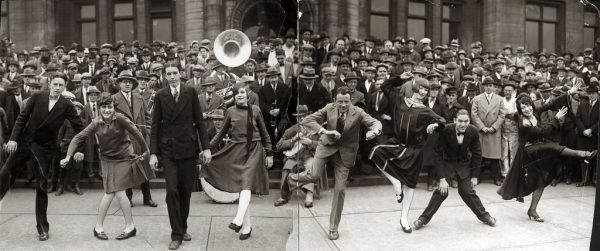
The 30s
From the prosperous 20s to the grind of the 1930s, most Americans didn’t have much leisure time during the Great Depression. However, the time they did have was put into movies and dance which provided relief to the daily struggle that most Americans were entrenched in. The most popular types of dances were ballroom and swing dances, which were prompted by the boost of jazz music at the time. Some popular dances included the Lindy Hop, the Jitterbug, and the Jive.
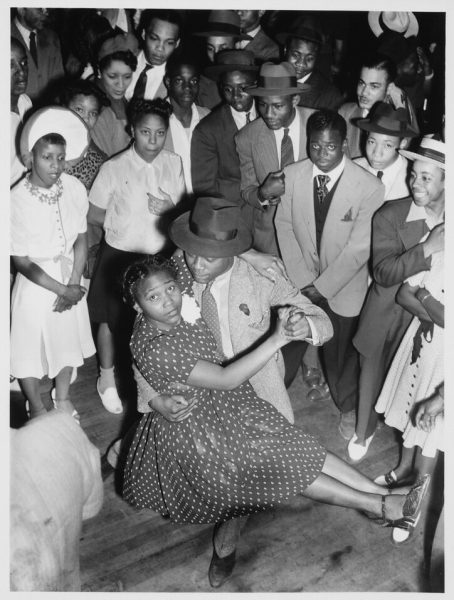
The 40s
How times change, by this time, the world found itself embroiled in the second world war. As workplace culture changed with men thousands of miles away from home, so did dance culture. Slow dances started to take hold of the younger generation along with some staples that still making their presence known, like the Jitterbug. My grandmother, Darlene Hamlin, who was a part of that generation, explained the popularity of such dances, saying, “Of course slow dances too, if you went to weddings we danced the polka and lots of country square dancing.”
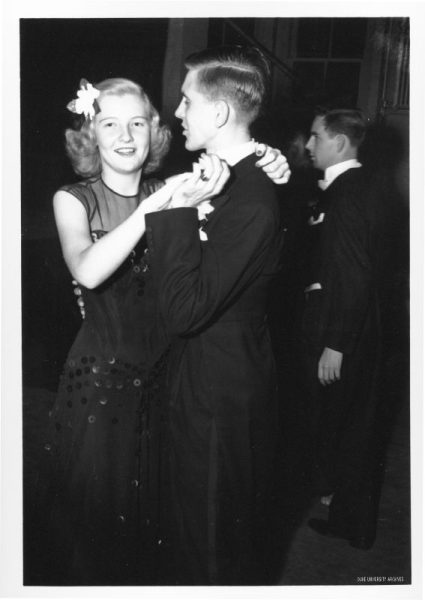
The 50s
A changing time in America as the nuclear family took hold in many suburban neighborhoods across the U.S. was also a time of innovative technology, including the spreading popularity of the T.V. This made it easy for programs to broadcast dancing and different music programs. Music started to get more popular in general, with Darlene describing, “In those days, diners had jukeboxes, put a nickel in, [you] pick a song, [and] people danced. Weddings had a person playing the piano, a fiddler, maybe a person with a harmonica.” This uptick in different types of music led to dancing styles like swing, the Madison, and the Stroll.
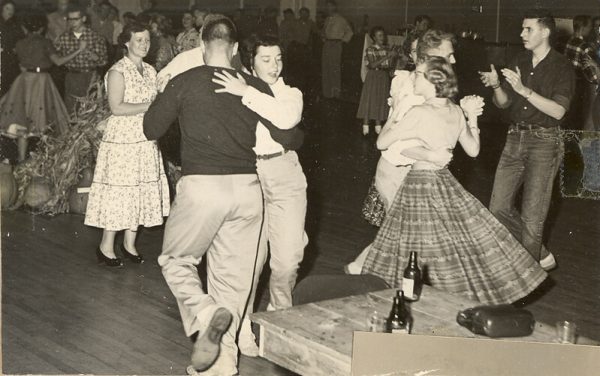
The 60s
What didn’t happen in the 60s? From the civil rights movement to the Cold War, it seems like the 60s had a little bit of everything. That was also the case for its dances. The 1960s still had classics from the 1950s that we’ve already mentioned, however, one big change was group dances. Some classics were Monster Mash, Pony, Hully Gully, and the Twist. These are all more group-oriented dances that took hold for most of the 60s.
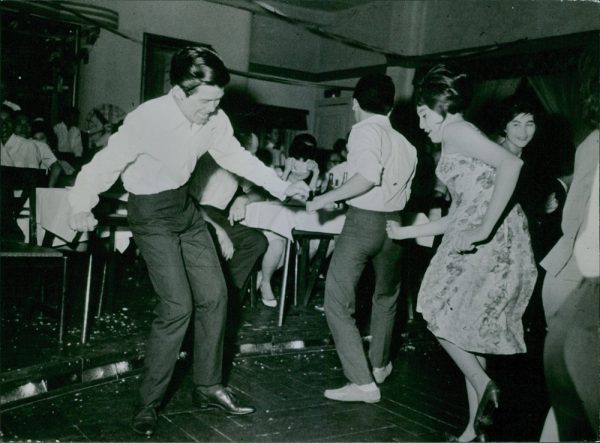
The 70s
It’s time to get groovy folks! Well, at least that’s what someone growing up in the 70s would say. The 70s is one of the most underrated eras of dance that comes to mind. It can often be overlooked with big decades of music and dance in the 1980s and 1990s. However, the 70s were the initiation of disco into the pop culture scene which ushered in different styles of dance. Disco also started to become synonymous with TV, similar to the trend we saw in the 50s. A lot of disco dances remain popular in today’s pop culture such as the “YMCA.” Along with that dance, the Robot, Lawnmower, and the Sprinkler are some other club and disco classics.
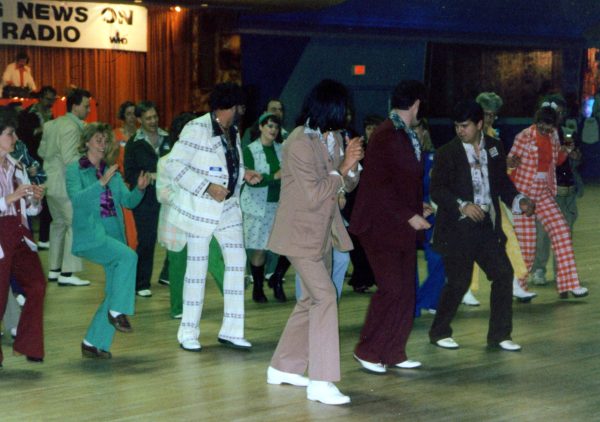
The 80s
The greatest decade of music and dance ever? Some would say so, but no matter what side of the spectrum the masses fall on, nobody can deny the impact that 80s music and dance had on pop culture. An explosive time period with new music, (including the introduction of hip-hop) and of course the legend Michael Jackson. This was the time when music videos began to gain more relevance in the music and dance world. Take the Moonwalk for example, which was used by Michael Jackson. This dance move became one of, if not the, most well-known dance moves of all time. Prince, Whitney Houston, Madonna, and others are some other examples of influential artists who had an impact on dance. It is also worth mentioning that the 80s started the movement more toward dance moves, rather than specific dances. This is where you can begin to see the origins of the “griddy” we know today.

The 90s
Although a very impactful decade of dance, it is often overlooked as it follows behind the high of the 80s. The 90s was the beginning of the idea of going “viral” with someone’s fame spreading very quickly. These same principles apply to dancing in the 90s. Movies were a popular way of starting trends in dancing during the 90s. Some of the most popular dance moves of that time period were Vogue (not the magazine), the Running Man, and Macarena. All of these dances went viral at some point.
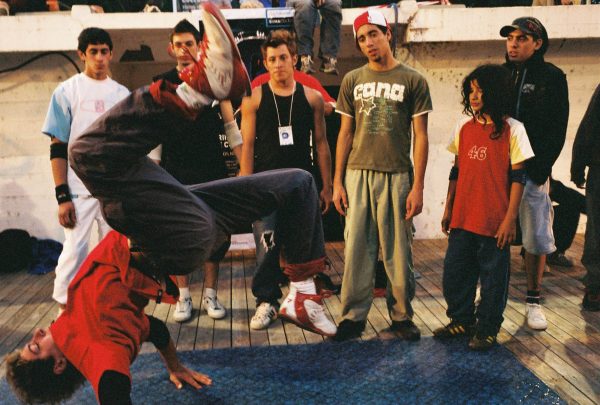
The 21st Century
It feels like cheating to put two decades in one, but the 2000s and 2010s seem similar enough to talk about them together. This embodies a truly new wave of dance. With the evolving style of rap and hip-hop genres, it changed dance for sure; it became less choreographed and more direct movements. It’s interesting how hip-hop has transcended culture in certain ways today. Many dance moves can be attributed to a famous athlete, or celebrity taking it from their famous artist. Take, for example, Justin Jefferson, receiver for the Minnesota Vikings. He is the athlete who started the “griddy.” This is a current example of how viral sensations sweep the internet in this new streaming world.
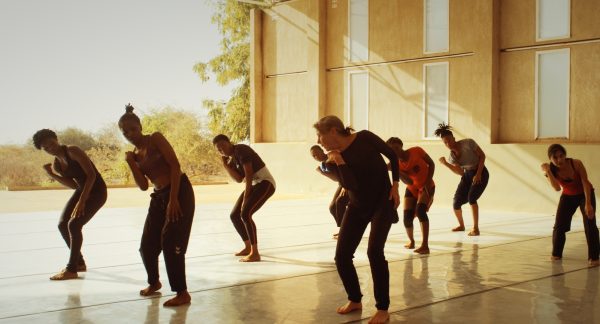
As the “griddy” and other trendy dance moves take over the dancefloor at Homecoming, just remember there are some origins to how it got there.

